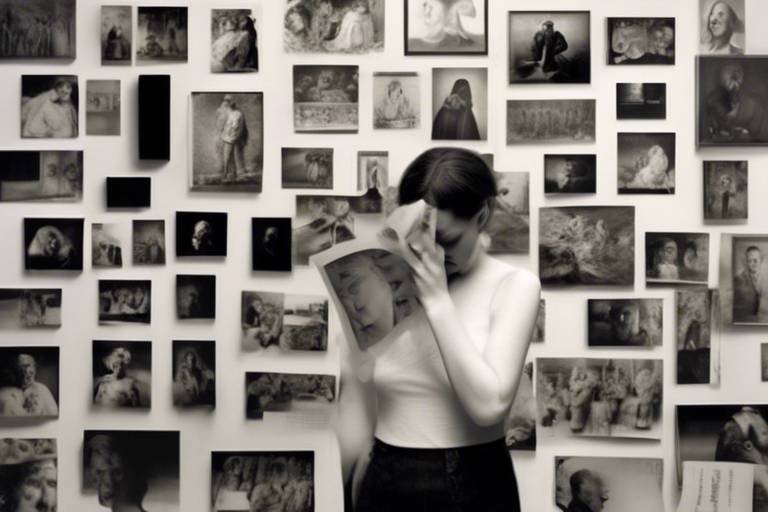The Relationship Between Art and Memory
Art and memory share a profound and intricate relationship, intertwining to create a tapestry of human experience and emotion. Through the strokes of a brush, the chisel on stone, or the words on a page, art has the remarkable ability to evoke memories long forgotten, stir emotions buried deep, and preserve moments in time like a time capsule waiting to be opened.
When we gaze upon a piece of art, we are not merely looking at colors and shapes; we are delving into a world where memories reside. The power of visual stimuli in art is undeniable, as it can transport us back to a specific moment, triggering a flood of emotions and memories that were once dormant. The colors, shapes, and forms within a piece of art have the magical ability to unlock chambers of memory within our minds, connecting us to our past in ways words often cannot.
Art therapy stands as a testament to the healing power of art in unlocking and processing memories. Through the act of creating or engaging with art, individuals can navigate the labyrinth of their emotions, traumas, and memories in a non-verbal and creative manner. Art becomes a bridge between the conscious and the subconscious, allowing individuals to express what words fail to articulate.
Furthermore, art transcends individual experiences and extends its reach to shape collective memory within communities and cultures. Artifacts, monuments, and artistic representations serve as symbols of shared experiences and historical events, weaving a tapestry of collective identity and memory that binds a group together.
Artists, with their unique perspectives and creative prowess, offer diverse interpretations of memory through various art forms. Whether it be through painting, sculpture, literature, or performance, artists capture the essence of memory's fluid nature, presenting a kaleidoscope of narratives and emotional landscapes for viewers to explore.
Museums play a crucial role in the preservation and presentation of memories through art collections. By curating and exhibiting artworks that encapsulate historical events, personal stories, and cultural heritage, museums become guardians of memory, ensuring that the past is not forgotten but rather celebrated and learned from.
On a personal level, individuals often turn to art as a means of documenting and reflecting on their own memories. Creating visual or auditory artworks becomes a form of introspection, a way to immortalize moments, emotions, and experiences that shape one's identity and sense of self.
Artistic techniques, ranging from realistic depictions to abstract interpretations, offer a myriad of ways to represent memories in visual and performing arts. Artists employ these techniques to convey the complexities and nuances of memory, inviting viewers to delve deeper into the layers of human experience.
Lastly, art plays a pivotal role in shaping historical narratives and collective memory. Through its portrayal of historical events, figures, and cultural movements, art influences public perceptions and contributes to the preservation of historical memory, ensuring that the past continues to resonate in the present.
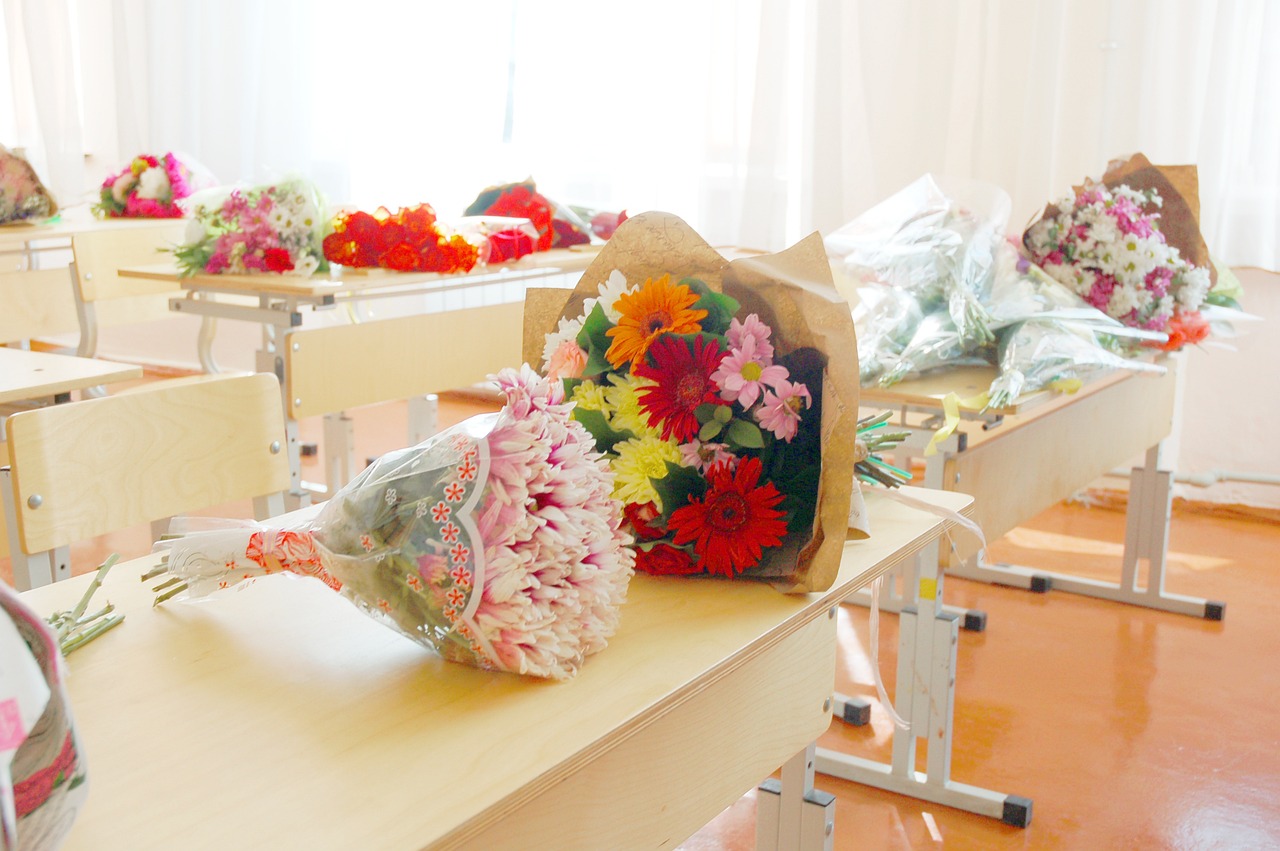
The Power of Visual Stimuli
Exploring how art can evoke and preserve memories, impacting individuals and societies. Art's ability to capture emotions, events, and experiences offers a unique lens through which memories are recalled and shared.
Visual art holds a remarkable power in influencing memory recall and emotional connections. The use of colors, shapes, and forms in art can trigger specific memories and evoke strong feelings within individuals. Just like a skilled magician who pulls a rabbit out of a hat, artists can use visual stimuli to conjure memories from the depths of our minds, bringing them to the forefront with vivid clarity.
Imagine a painting that transports you back to a childhood summer day, the warm sun on your skin, the scent of freshly cut grass in the air. The visual elements in the artwork act as triggers, unlocking a flood of memories that were tucked away, waiting to be rediscovered. It's like a key that opens a door to a room filled with forgotten treasures of the past.
Through art, we can travel through time and space, reliving moments that have shaped us. The power of visual stimuli lies in its ability to not just remind us of the past, but to immerse us in it, allowing us to experience the sights, sounds, and emotions as if they were happening in the present.
Artists wield this power with finesse, creating pieces that serve as windows to our memories, inviting us to peer through and rediscover pieces of our own story. The canvas becomes a mirror reflecting our inner worlds, painting a picture of our memories with strokes of color and emotion.
Visual stimuli in art are not just static images; they are living, breathing vessels that carry the essence of our memories, waiting to be unlocked and revisited with each gaze. It's a dance between the artist's creation and the viewer's recollection, a silent conversation that speaks volumes without uttering a single word.

Art as a Therapeutic Tool
Art as a therapeutic tool holds remarkable potential in aiding individuals to unlock and process memories in a unique and creative manner. Through art therapy, individuals can delve into their emotions, traumas, and memories without relying solely on verbal communication. This approach allows for a deeper exploration and expression of feelings that may be challenging to articulate verbally.
Art therapy encompasses various creative activities, such as painting, drawing, sculpting, and even music and dance, providing individuals with a diverse range of mediums to engage with their memories. By engaging in these artistic processes, individuals can externalize their internal experiences, making them tangible and offering a new perspective on their memories.
One of the key aspects of art as a therapeutic tool is its ability to tap into the subconscious mind, enabling individuals to access buried memories and emotions that may not be easily accessible through traditional talk therapy. The act of creating art can serve as a form of catharsis, allowing individuals to release pent-up emotions and process complex memories in a safe and supportive environment.
Moreover, art therapy promotes self-reflection and introspection, encouraging individuals to explore their memories and experiences from a different angle. Through the creative process, individuals can gain insights into their past, present, and future, fostering personal growth and healing.
Overall, art as a therapeutic tool offers a holistic approach to memory processing, combining creativity, self-expression, and emotional exploration to support individuals in their journey towards healing and self-discovery.
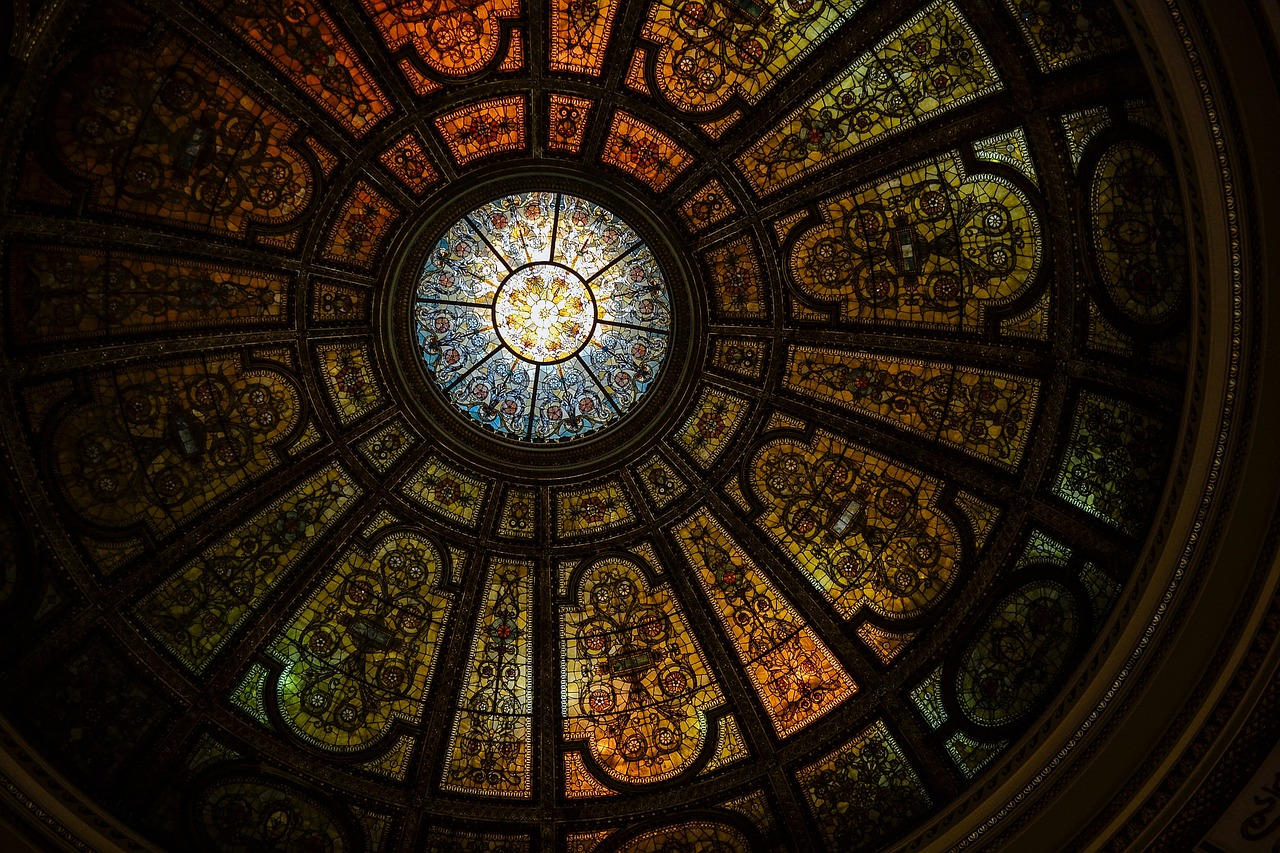
Collective Memory Through Art
Art has a profound impact on shaping collective memory within communities and cultures. Through various artistic expressions, such as artifacts, monuments, and visual representations, art serves as a powerful tool in preserving shared experiences and historical events. These artistic creations become symbols that hold significant meaning for a group, influencing their collective identity and memory.

Artistic Interpretations of Memory
Artistic interpretations of memory delve into the intricate ways in which artists capture and express the essence of memories through various mediums. Artists have the remarkable ability to translate personal experiences, emotions, and recollections into tangible forms that resonate with viewers on a profound level. Whether through painting, sculpture, literature, or performance, these interpretations offer a diverse array of perspectives on memory, showcasing the fluidity and complexity of human remembrance.
For many artists, memory serves as a wellspring of inspiration, fueling their creative endeavors and imbuing their work with layers of meaning and significance. Each brushstroke, sculpted form, or written word becomes a vessel through which memories are distilled and shared with the audience. The interplay between the artist's personal memories and the viewer's own experiences creates a rich tapestry of emotions and connections, fostering a deep sense of empathy and understanding.
Artistic interpretations of memory often blur the boundaries between reality and imagination, inviting viewers to explore the realms of nostalgia, longing, joy, and sorrow. Through the evocative power of art, memories are not merely preserved but transformed into living entities that transcend time and space. The ability of art to encapsulate the essence of fleeting moments and enduring emotions speaks to its profound impact on the human psyche.
Moreover, artistic interpretations of memory highlight the subjective nature of recollection, emphasizing how each individual perceives and internalizes memories in unique ways. Artists challenge conventional notions of memory through innovative techniques and unconventional storytelling, inviting viewers to reconsider their own understanding of the past and the present. In this sense, art becomes a mirror that reflects the kaleidoscopic nature of memory, inviting introspection and contemplation.
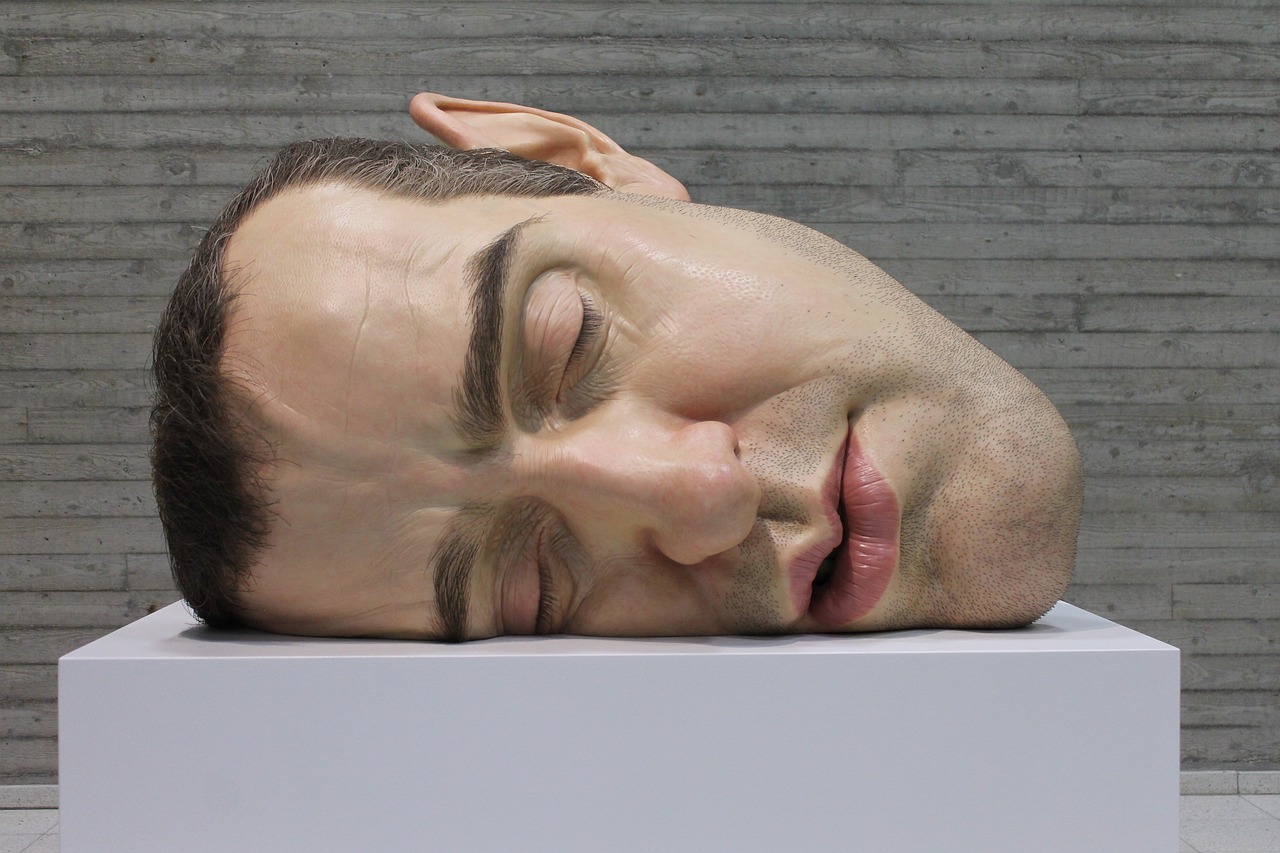
Memory Preservation in Art Museums
Art museums play a crucial role in the preservation and presentation of memories through their diverse collections. These institutions serve as custodians of cultural heritage, historical events, and personal stories, encapsulating them within the walls of galleries and exhibition spaces. Museums curate artworks that not only reflect the artistic prowess of creators but also act as tangible links to the past, serving as visual and emotional triggers for memory recall.
Through careful curation and interpretation, art museums offer visitors the opportunity to engage with artworks that carry profound historical significance and personal narratives. Each painting, sculpture, or installation becomes a vessel of memory, inviting viewers to immerse themselves in the stories and emotions captured within the artwork. By preserving these memories in a physical form, museums ensure that future generations can connect with the past and learn from the experiences of those who came before them.
Art museums also play a vital role in educating the public about cultural heritage and historical events through the visual language of art. Exhibitions curated around specific themes or time periods provide a comprehensive overview of a particular era, allowing visitors to gain insights into the societal norms, values, and struggles of the past. By presenting memories in a visual and interactive format, museums make history more accessible and engaging, fostering a deeper understanding and appreciation of collective memory.
Furthermore, art museums serve as platforms for dialogue and reflection, encouraging visitors to contemplate the significance of memories preserved in artworks. The act of viewing and interpreting art can evoke personal memories and emotions, sparking introspection and empathy towards the experiences of others. By engaging with art that reflects diverse perspectives and narratives, individuals can broaden their understanding of memory and its role in shaping identity and cultural heritage.
In essence, art museums function as guardians of memory, preserving and presenting a rich tapestry of human experiences and emotions through the medium of art. By curating collections that span various genres, styles, and time periods, these institutions ensure that memories are not lost to time but instead celebrated, shared, and cherished for generations to come.
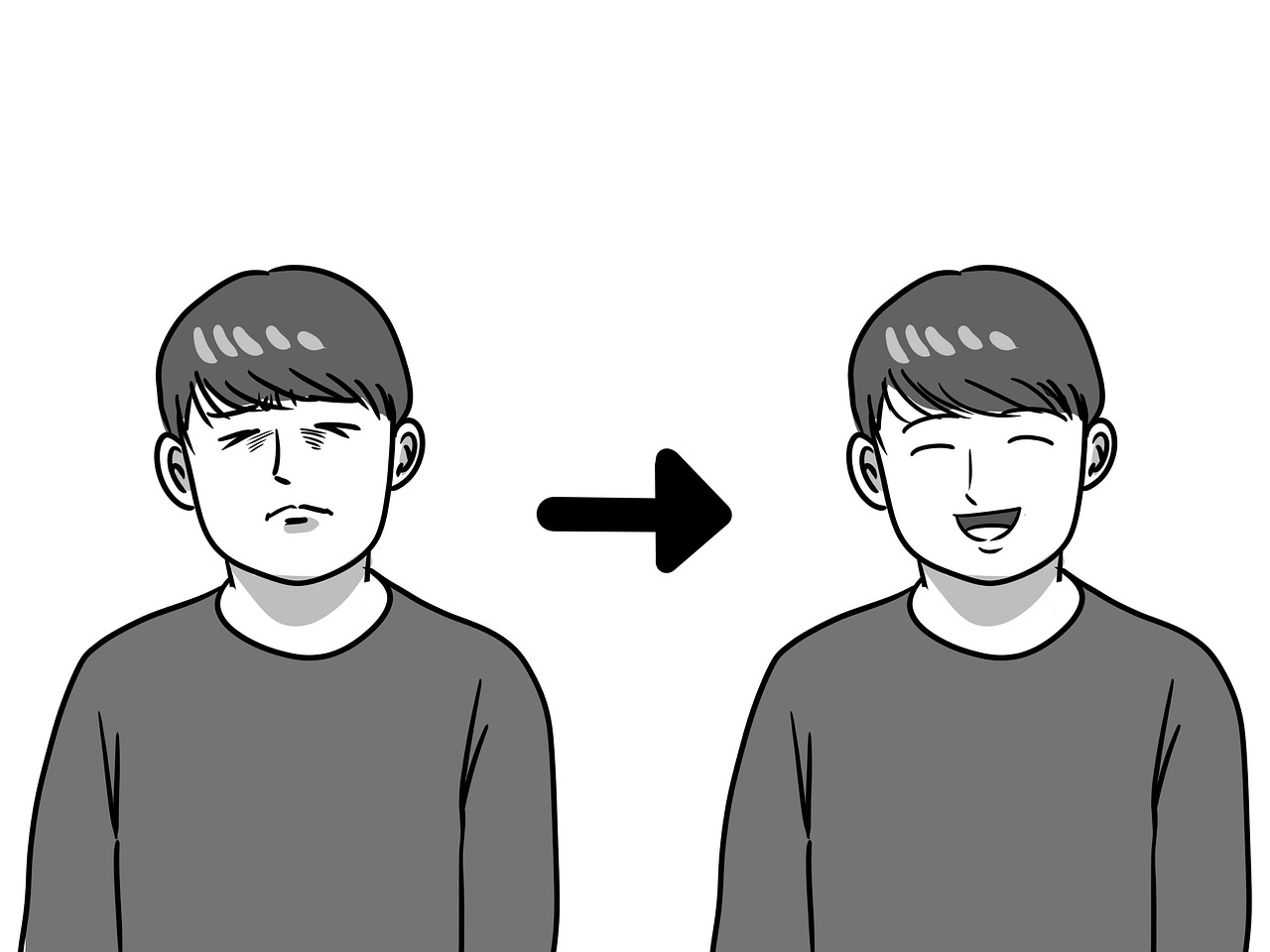
Art as a Reflection of Personal Memories
Art serves as a mirror reflecting personal memories, allowing individuals to encapsulate moments, emotions, and experiences in a tangible form. Through the creation of visual or auditory artworks, individuals can immortalize significant events or feelings, preserving them for introspection and reflection. These artistic expressions become windows into the past, offering a glimpse into the innermost thoughts and recollections of the artist.
One of the most powerful aspects of art as a reflection of personal memories is its ability to transcend language barriers. While words may sometimes fall short in capturing the depth of an experience or emotion, art provides a universal language through which memories can be communicated and understood. Whether through a painting, a photograph, a piece of music, or a sculpture, individuals can convey the essence of their memories with a clarity that words often struggle to achieve.
Furthermore, art allows individuals to revisit and reinterpret their memories from new perspectives. Just as a photograph can evoke a rush of emotions or a painting can transport the viewer back in time, creating art based on personal memories enables individuals to explore the nuances and complexities of their past experiences. Through artistic expression, memories can be reshaped, embellished, or distilled, offering fresh insights and emotional connections.
Art as a reflection of personal memories also serves as a form of catharsis, providing a therapeutic outlet for processing and reconciling with the past. By externalizing internal thoughts and emotions through art, individuals can gain a sense of closure, healing, or acceptance regarding significant life events or memories. The act of creating art becomes a journey of self-discovery and emotional release, allowing individuals to confront their memories in a safe and expressive manner.

Artistic Techniques for Memory Representation
Artistic techniques play a crucial role in representing memories in various art forms, allowing artists to convey the complexities and nuances of personal and collective recollections. From realistic depictions to abstract interpretations, artists employ diverse styles and methods to capture the essence of memory in their creations. Some artists utilize symbolism and metaphor to evoke specific memories or emotions, while others focus on capturing the fleeting nature of memory through dynamic compositions and experimental techniques. The use of color, texture, composition, and perspective all contribute to the artist's ability to translate memory into visual form, inviting viewers to engage with the artwork on a deeper, emotional level.

Art's Role in Shaping Historical Narratives
Art has played a significant role in shaping historical narratives throughout the ages. Through various art forms, including paintings, sculptures, literature, and performances, artists have depicted historical events, figures, and cultural movements, influencing public perceptions and contributing to the preservation of historical memory. Art has the power to capture the essence of a particular era, conveying the emotions, struggles, and triumphs of past generations in a way that resonates with contemporary audiences.
Frequently Asked Questions
- What is the connection between art and memory?
The relationship between art and memory is profound. Art has the ability to evoke and preserve memories through visual stimuli, emotional connections, and artistic interpretations. It serves as a therapeutic tool for individuals to explore and express their emotions and trauma, while also shaping collective memory within communities and cultures.
- How does art impact memory recall?
Visual art, with its colors, shapes, and forms, can trigger specific memories and evoke strong feelings, influencing how individuals recall past experiences. Artists use diverse techniques to represent memories in various art forms, from realistic depictions to abstract interpretations, offering unique perspectives on the fluid nature of memory.
- What role do art museums play in memory preservation?
Art museums play a crucial role in preserving and presenting memories through their collections. They curate artworks that encapsulate historical events, personal stories, and cultural heritage, fostering memory preservation and education. Museums serve as spaces where individuals can reflect on personal and collective memories.
- How does art contribute to shaping historical narratives?
Art influences the construction of historical narratives and collective memory by portraying historical events, figures, and cultural movements. Artists contribute to the preservation of historical memory through their artistic representations, shaping public perceptions and enriching the understanding of history.

